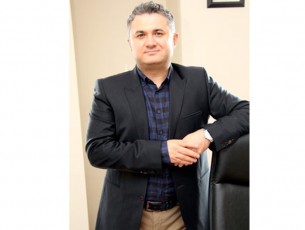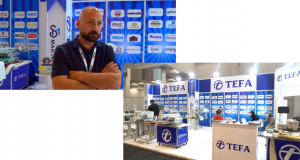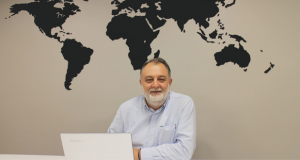My last article on Sleep Tech Magazine was related about short history of the Turkish Mattress industry and my forecast about expecting booming on it. Also I have mentioned about the reason of why Turkish mattress industry is not as big as it should be. After my article, I have received some feed-backs from the readers; they have given their comments about the Turkish Mattress industry. Some non-Turkish industry people told me that they have surprised with export value of Turkey and success of Turkish mattress component producers. After my article I have spoken with many people from industry about the situation of mattress business in Turkey. In my next article I will mention about the readers’ comments separately but today I will continue to mention about my own comments and thoughts about today and future of Turkish mattress industry.
In December 2015, a very surprising acquisition has happened in Turkish Mattress industry. This very important case supports my expectations and analysis written on my Dec2015 article. People are investing mattress industry with big expectations. The biggest, Turkish ready-made zippered mattress cover producer, Polya-Yaysan and one of the very important fiber-wadding producer of Turkish bedding industry Saltex had acquired the Mattress Producer company IDAS. IDAS, is a very good brand name in the market and reputable mattress producer company of Turkey. The details will be announced by the new owners but I would like to tell you that many local and international companies wanted to acquire IDAS for long time. The shareholder of the IDAS took very good decision by selling company to very important tow players of Turkish Mattress industry.
When this acquisition has happening I have learned that many international mattress producers has interest to buy Turkish mattress producers to enter the Turkish market directly and to open gates to Middle East, Southern Caucasia, North African and Central Asian markets indirectly.
With or without scientific researches, the potential of Turkish mattress market is very clear. The population is still young and total number of the people is increasing over the worldwide growth rate. If we include the immigrants and refugees, the population of Turkey already reached 80 million. The total consumption plus total export value of the Turkish mattress industry volume is around 300 million USD. And only 20-25% percent of this turnover is from export sales. These figures show us that Turkish mattress industry is around 20 times smaller than the biggest two mattress country (America and China) or 4 times smaller than export of Italy. Export turnover of Poland is 10 times bigger than Turkey. (Poland is exporting around % 80 of their mattress production). We can give many comparisons but the result is same; massive potential is waiting for the industry in Turkey.
I would like to continue about the reasons for slow growth of the Turkish Mattress Industry and some suggestions to seduce growth. In Turkey, the Mattress industry has not been an independent industry for long years. There were only few independent mattress producers that was producing only mattress. The big Turkish furniture producers are also biggest Turkish mattress producers of Turkey and most of them has their own or franchised exclusive sales stores spread all over the Turkey. This strong and difficult furniture industry sales channel structure has been very different if we compare with the other part of the world. The big players in furniture industry have their own retails stores that they are also selling their mattress exclusively. It means that there are not multi brand stores that new mattress producers can easily put their mattress and can enter the market suddenly. This is one of the biggest problems of the Turkish mattress industry growth.
Under this structure the mentioned independent mattress producers and new producers could not find proper sales channels to sell their products to their end-consumers. When they have been aware this difficulty, they had to change direction of their sales-production policy. The independent mattress producers should find some other ways to sell. Some of them also have tried to open their own stores but it is not easy to open big number of stores they remain small, some of them has started to produce furniture to make more turnover form each stores and tried to increase showroom openings but they became more furniture producer than mattress producers, some of the mattress producers changed direction and became only exporter. These difficult and limited penetrating conditions to the market caused less number of new mattress producers’ existence in the market. The furniture producers that are also producing mattresses are not focused very intensively to mattress sales beside furniture since the turnover of the furniture and profit of each set is more fruitful than mattress.
The explanation of the problem is long and difficult but the solution is short and easy. There should be multi-brand bedding stores in Turkey that will help all medium and small producers to penetrate the market easily. They will enter the market without spending money to showrooms, staff, inventory, tax etc.
This can be a new retail model and business suggestions to the entrepreneurs. The good examples still exist in America and in Europe.
In next issue I will continue to mention the reasons of slow growth of the Turkish mattress industry and suggestions for why the industry is thriving.
I wish a peaceful, healthy and happy new year to all the readers and all the people in the world.
Best Regards
Onder Honi
 SleepTech Magazine Mattress, Accessories, Machinery, Raw Materials
SleepTech Magazine Mattress, Accessories, Machinery, Raw Materials



